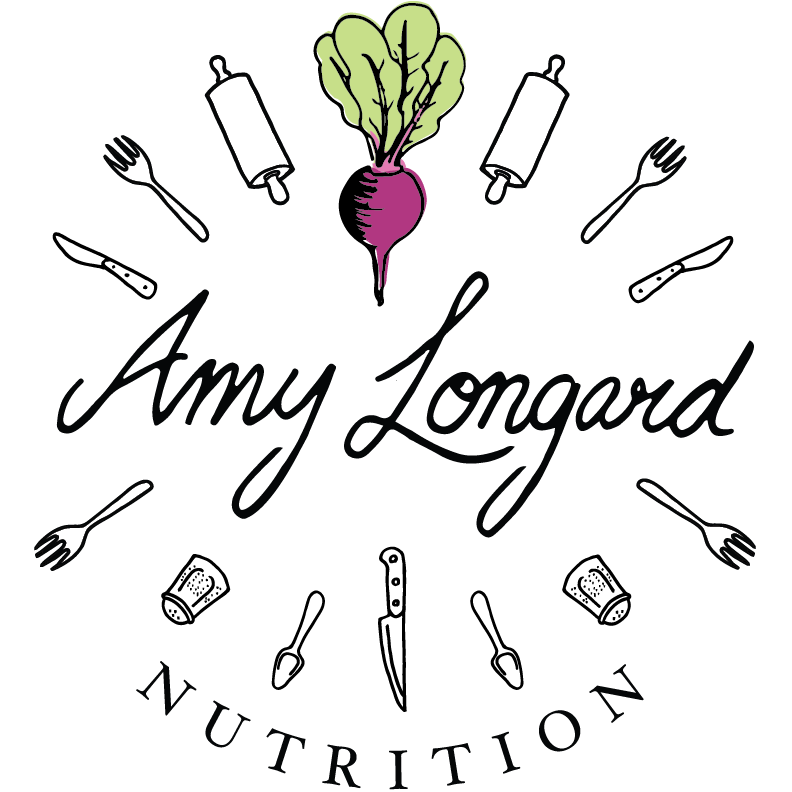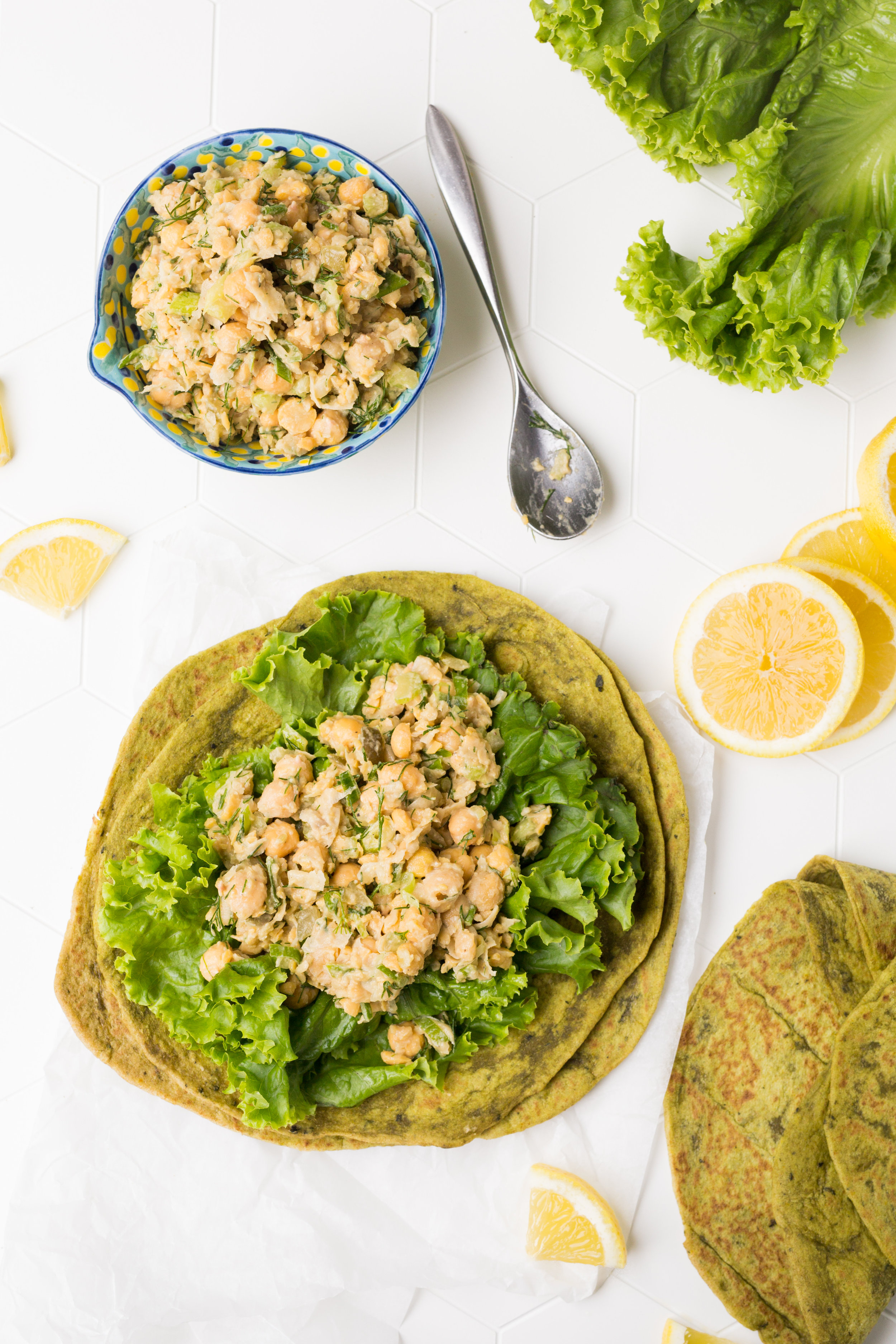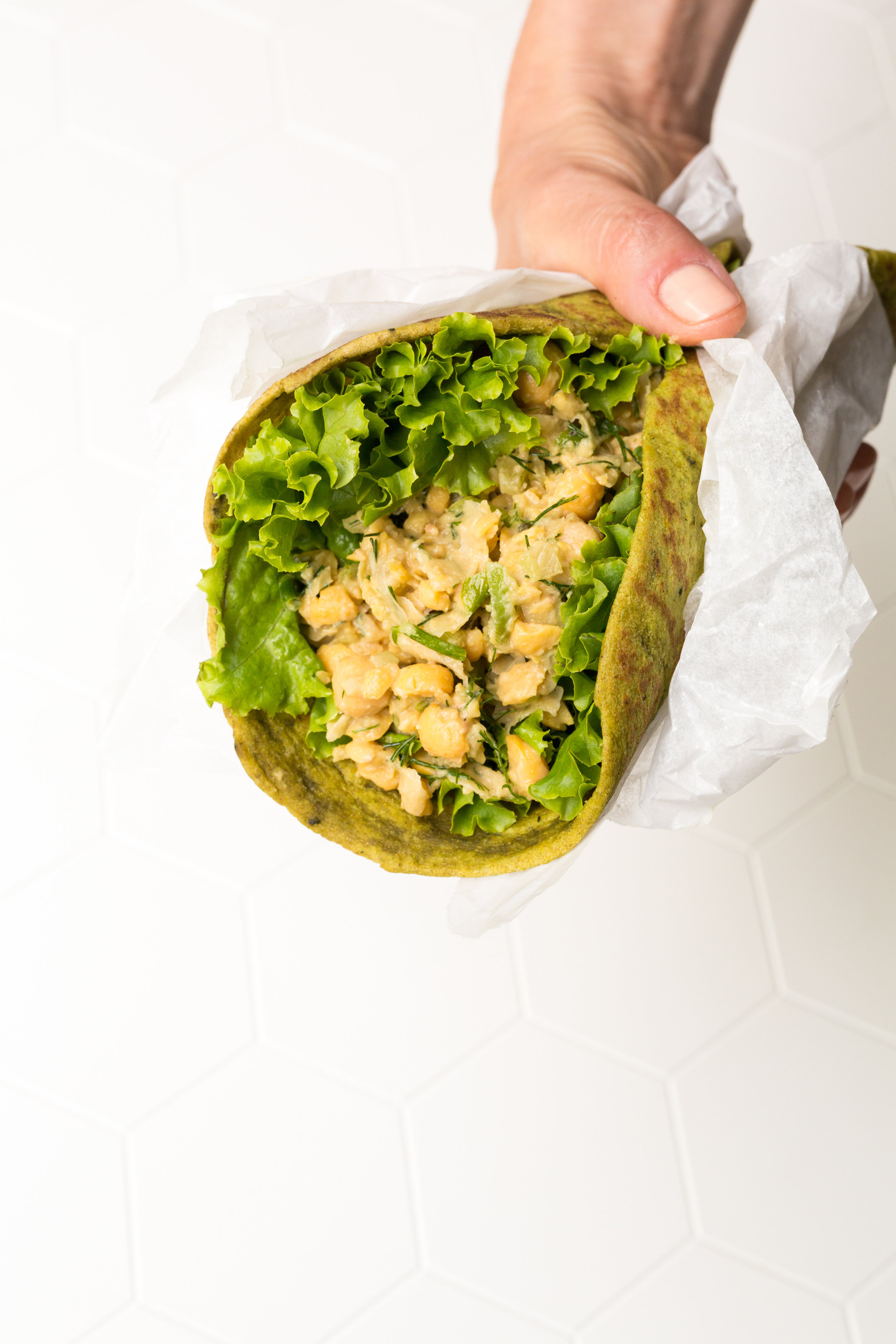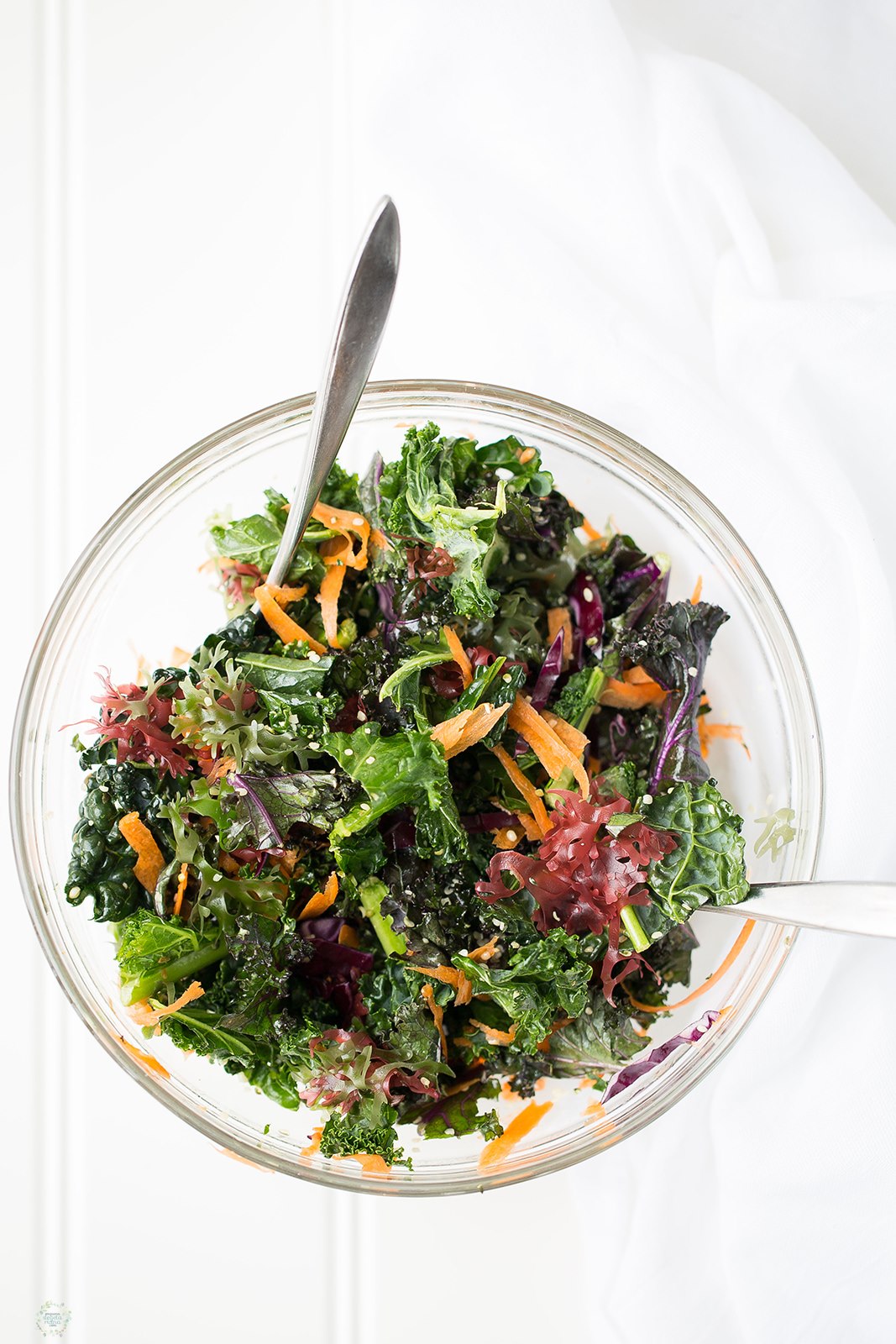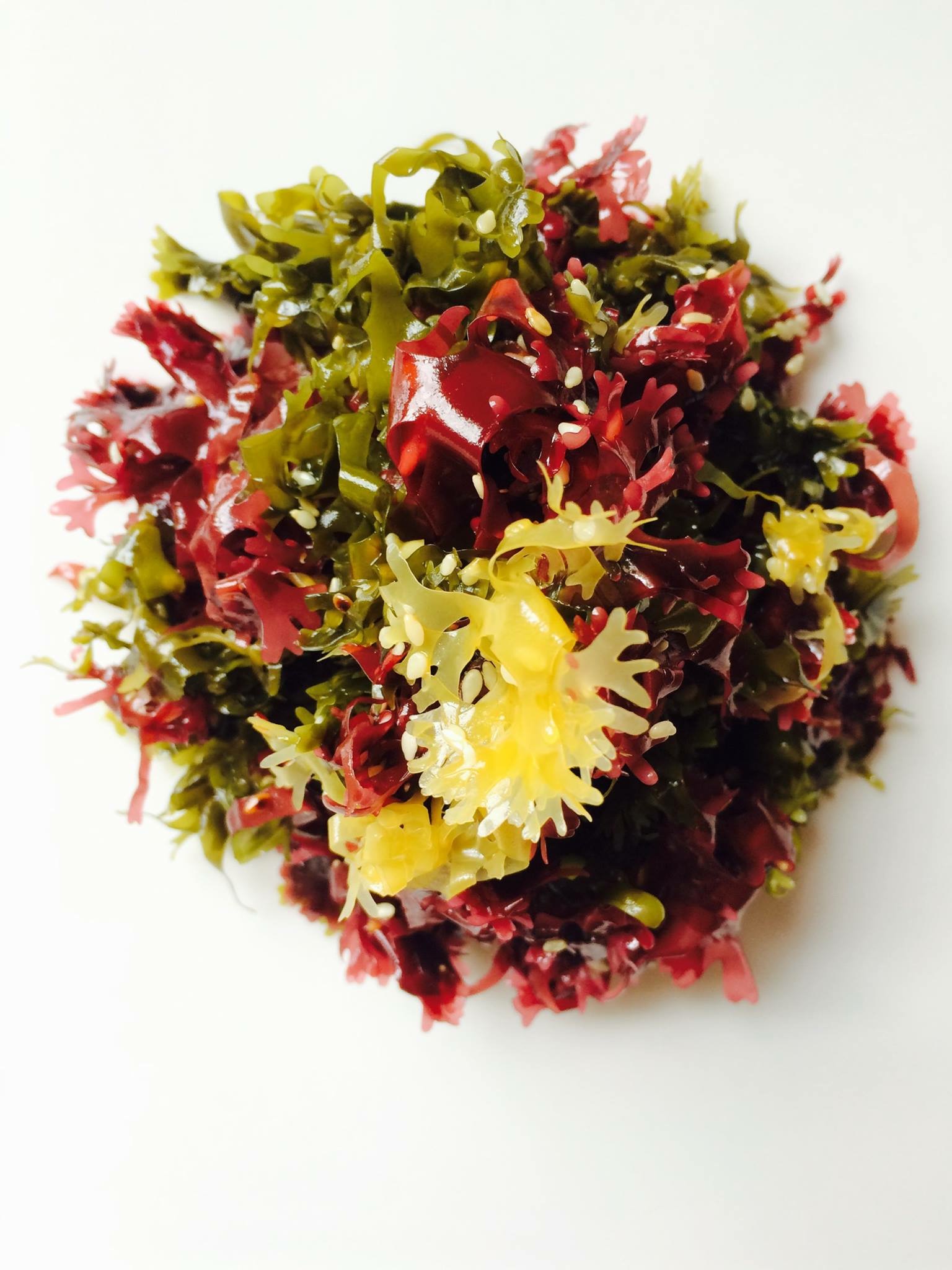Chickpea Salad Wrap
It's been a long time coming and I'm happy to finally be posting my chickpea salad recipe! I've made it for cooking lessons, yoga retreats, and shared with many of my clients, always with such positive feedback. It's truly one of my favourites and I was so excited to learned that Ana Tavares, my friend & photographer extraordinaire (she shot the photos below), makes this recipe often for her son's lunches. Given that I've received so many requests for easy back-to-school/kid friendly recipes lately, the timing couldn't be more perfect!
This recipe is nut, dairy, egg, and gluten free, and offers tons of plant-based protein and fibre. It's also a versatile recipe that can be eaten on its own, in wraps, sandwiches, with crackers or on a bed of leafy greens. For this blog post, I opted to serve it in a wrap because it made for fun food styling.
You'll notice this recipe calls for dulse or kelp flakes. These are both varieties of dried seaweed ground into flakes, which can generally be purchased at health food stores or online. Although I've listed these ingredients as optional I highly recommended adding seaweed since it's such a nutritious food and gives the chickpea salad a nice boost of flavour (reminiscent of tuna ...but less fishy).
Scroll down for the recipe and please let me know if you have any questions or feedback. I love hearing from you!
CHICKPEA SALAD WRAP
Makes 6 - 8 servings
Ingredients:
2 15 oz. cans chickpeas, drained & rinsed, or ~ 3 cups cooked
1/3 cup vegan mayonnaise (store bought or homemade)
1/3 cup celery (about 1 or 2 ribs of celery), minced
3 green onions, chopped
3 tablespoons minced dill pickle (about 1 large dill pickle)
1 - 2 tablespoons nutritional yeast
1 tablespoon tamari
2 teaspoons kelp or dulse (seaweed) powder or flakes, optional
Freshly ground pepper, to taste
Fresh lemon juice, to taste
1 large handful, fresh dill, roughly chopped
Directions:
For a chunky consistency: add all of the ingredients (except dill) into a medium sized bowl. Mix and mash everything with a fork or potato masher.
For a smooth consistency: add all the ingredients to a medium sized bowl and process with an immersion blender. Alternatively add the ingredients to a food processor and process until smooth.
Once desired consistency is reached, stir in the dill. Enjoy in sandwiches, wraps, on crackers, or on a bed of salad greens.
Keeps in the fridge for 5 days in an air-tight container.
If you enjoyed the recipe I shared above be sure to check out my Plant-Based Breakthrough program, which is a crash course in plant-based health, nutrition, and meal planning. For details about the program click here. You can also join the Plant-Based Breakthrough Community on Facebook where I share recipes, inspiration, and information on plant-based nutrition.
